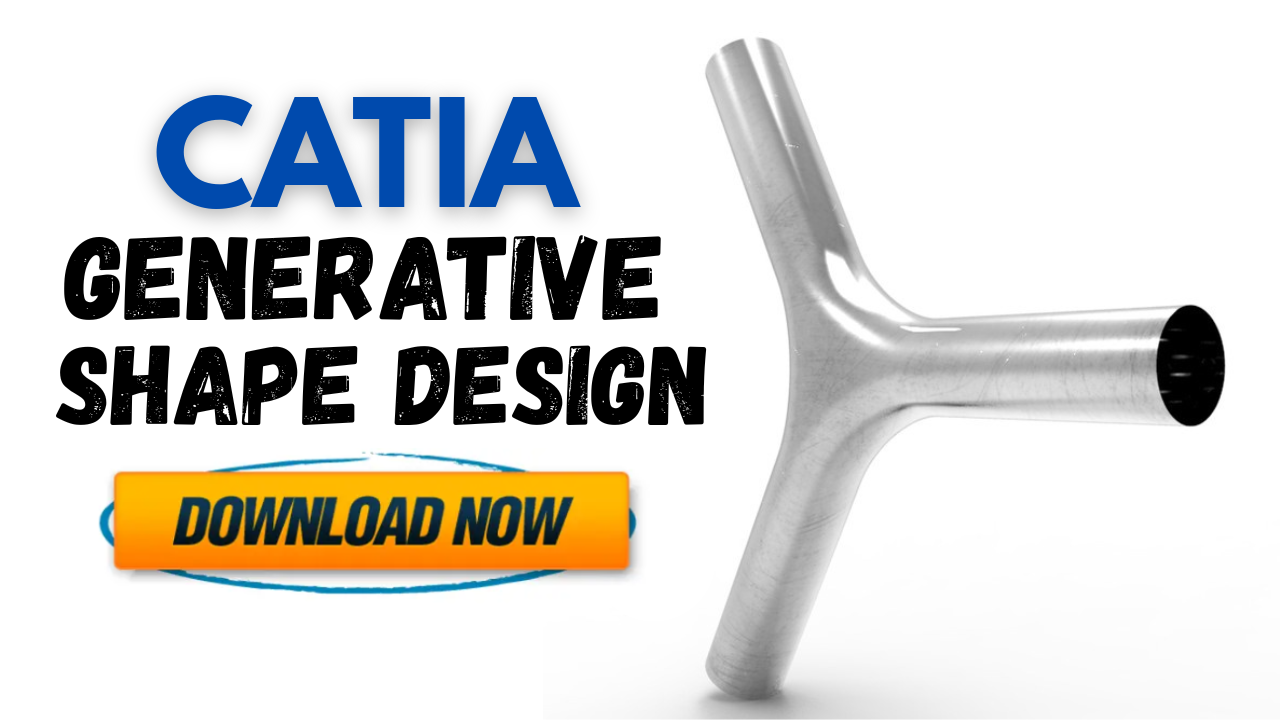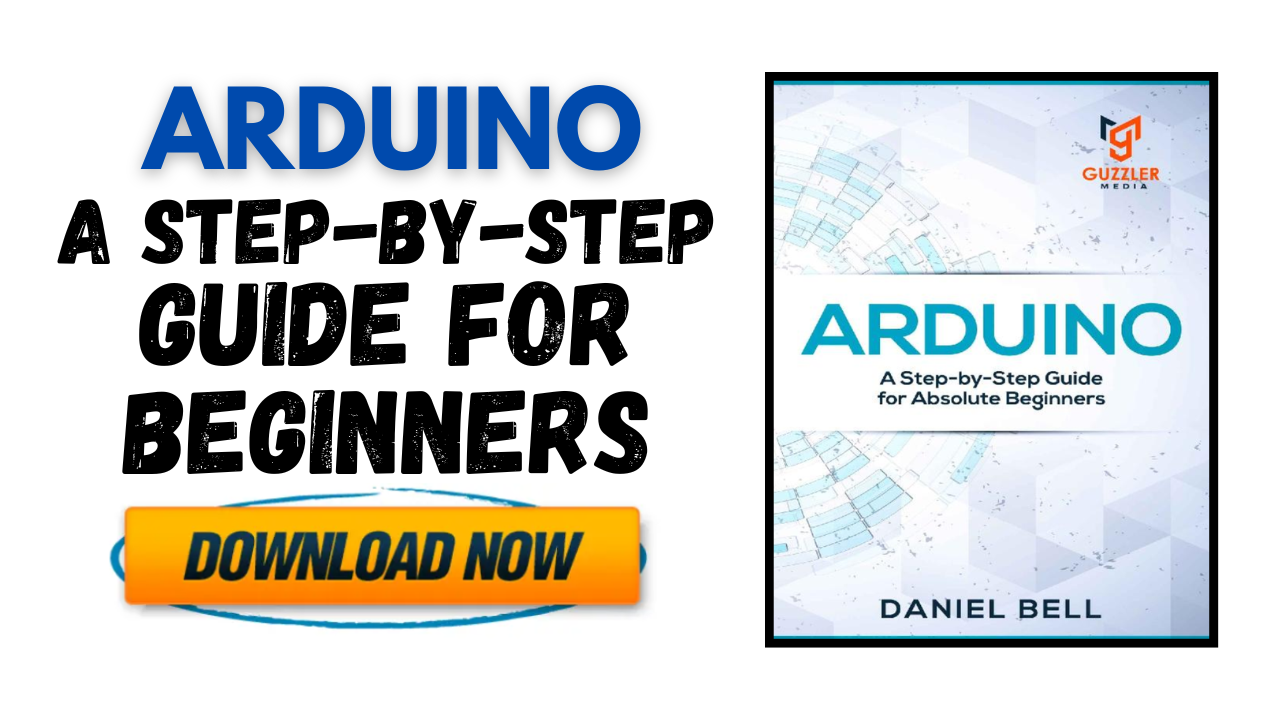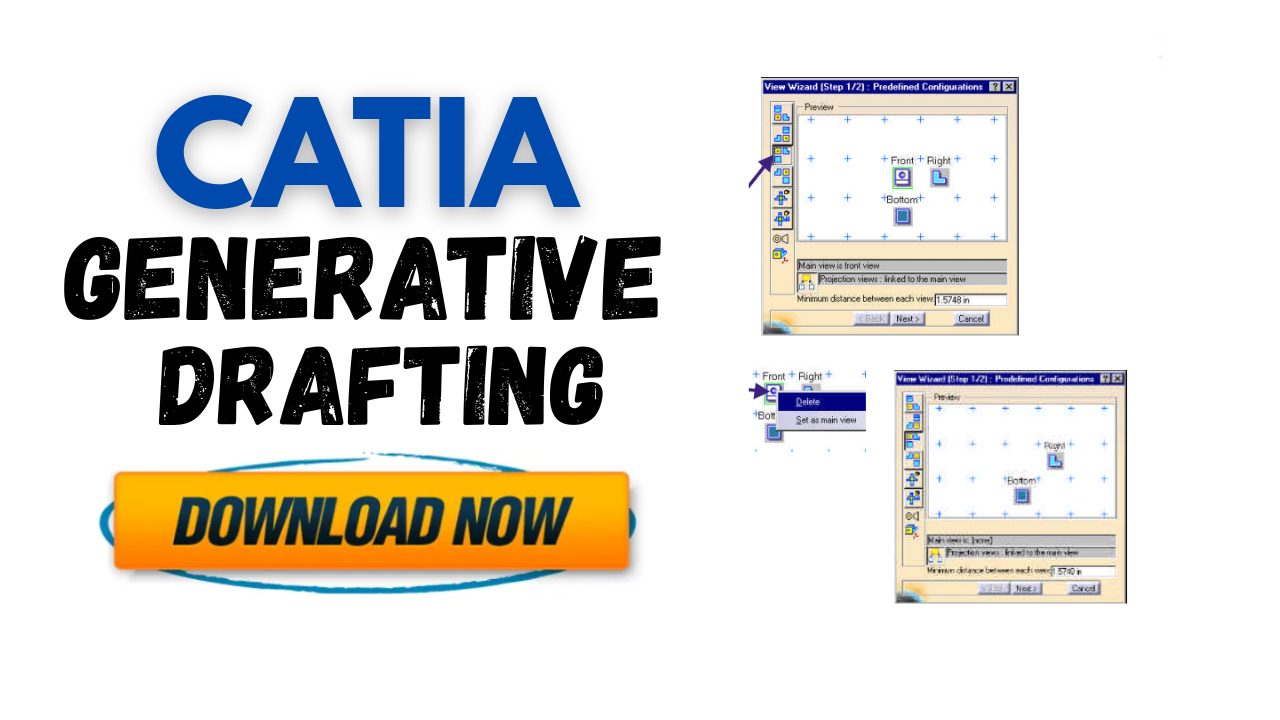The book “Arduino – Getting Started with Electronics & Coding” is a must-read for anyone who wants to begin their journey into the world of electronics, programming, and creative technology. It provides the perfect introduction to understanding how hardware and software work together through simple, hands-on Arduino projects. Whether you’re a student, hobbyist, or complete beginner, this book guides you step by step from basic electronic concepts to writing your first functional code.
One of the main reasons to read this book is that it makes learning electronics approachable and enjoyable. The author explains complex topics such as circuits, sensors, and microcontrollers in a clear, beginner-friendly manner. You don’t need a background in engineering to follow along—the book builds your knowledge gradually while keeping every project practical and exciting.
Another key benefit is its strong focus on hands-on learning. Each chapter includes simple experiments that show how to connect components, upload sketches, and see your code come to life through LEDs, motors, and sensors. This active approach helps you understand how every line of code affects your hardware.
Additionally, the book teaches fundamental coding principles such as loops, conditions, and variables using the Arduino programming language. These concepts not only help you master Arduino but also form a foundation for learning other programming languages in the future.
In summary, “Arduino – Getting Started with Electronics & Coding” is more than a beginner’s manual—it’s an entry point into creative problem-solving and innovation. Reading it will give you the confidence to design your own interactive projects, experiment with technology, and start thinking like a maker. It’s an essential guide for anyone ready to turn ideas into working electronic creations.

![[PDF] Arduino-Getting Started with coding](https://www.youcanfindeverythinginthis.space/wp-content/uploads/2025/10/PDF-Arduino-Getting-Started-with-coding.png)
![[PDF] Arduino-Getting Started with coding](https://www.youcanfindeverythinginthis.space/wp-content/uploads/2025/10/2025-10-18_105558.png)

![[PDF] Record Weather Data with Arduino and Solar Power](https://www.youcanfindeverythinginthis.space/wp-content/uploads/2025/10/THUMBN-SITE.jpg)


![[PDF] CATIA Surface Machining - Free Book](https://www.youcanfindeverythinginthis.space/wp-content/uploads/2025/09/PDF-CATIA-Surface-Machining-Free-Book.png)
